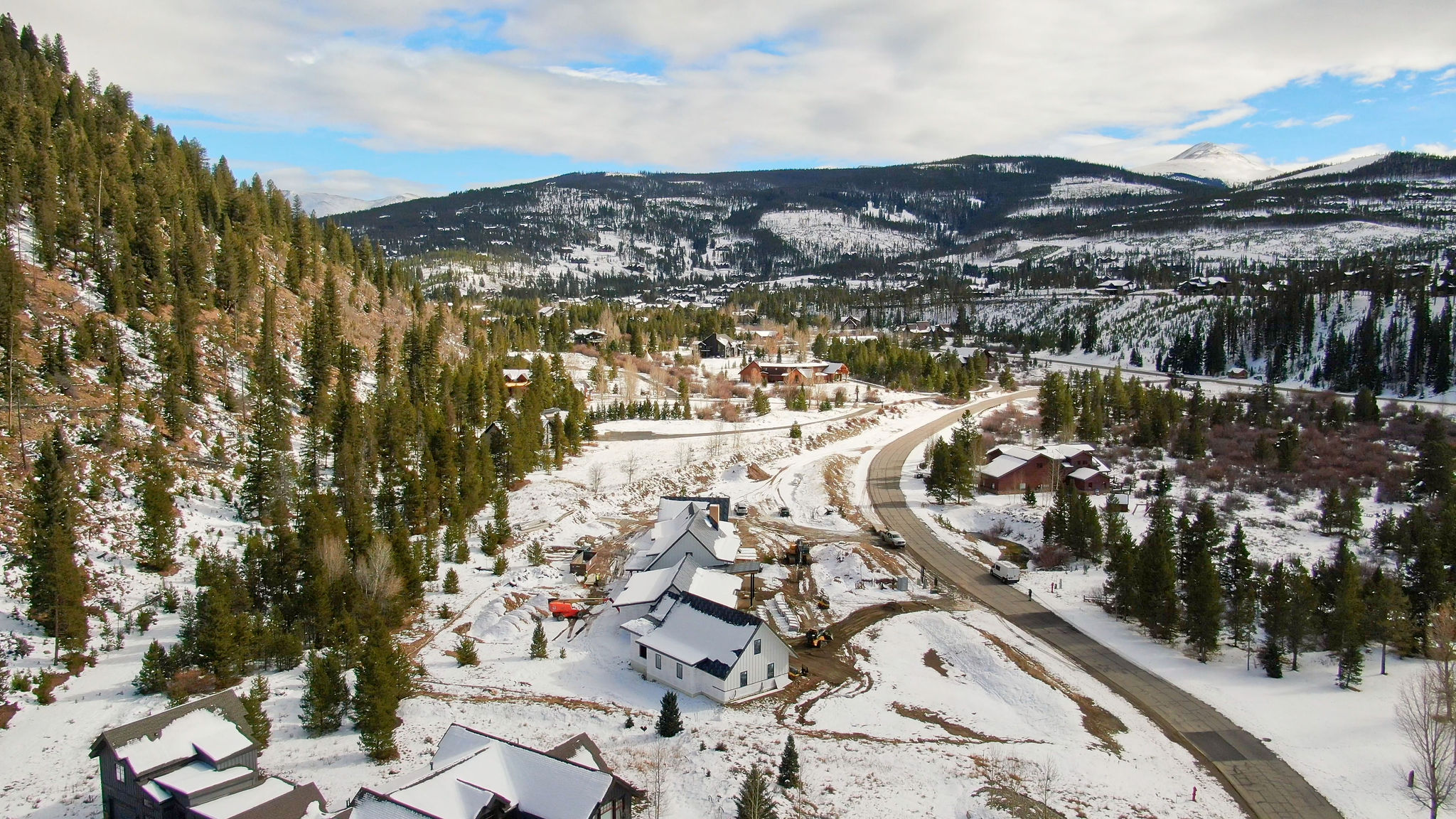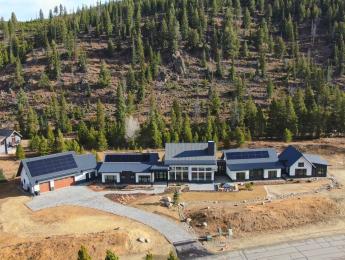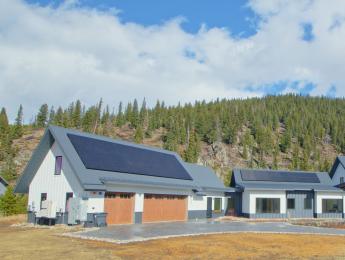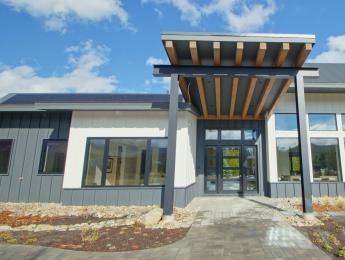James Hardie – High-performance in the land of fire and ice

Building the Panorama House in a Colorado alpine environment requires facing a harsh climate. The high-altitude wildland-urban interface near Breckenridge includes heavy snowfall, long winters, and the ever-present threat of forest fire. When Gene Myers, founder and chief sustainability officer of Thrive Home Builders, needed to select the best way to protect the home’s exterior against constant threat, he turned to Hardie® siding.
“When I first started building homes in 1992, we were an early adopter of Hardie® siding,” Myers says. “I'm a real believer in the product.”
A home’s exterior is its first line of defense against extreme conditions, and Hardie® fiber cement siding offers protection to the Panorama House in multiple ways. Only Hardie® fiber cement exterior products are Engineered for Climate®, designed specifically with climate zones in mind for optimal performance. For the Panorama House, Hardie™ Zone HZ5® siding provides the specific performance needed for mountain range winters, making it right at home in the freezing temperatures of Breckenridge, with an average winter temperature of 28 degrees during the day and 15 degrees at night. The HZ5® siding is specifically designed to perform well in extreme seasonal temperature variations, resisting shrinking, swelling and cracking even after years of wet or freezing conditions, providing a durable, resilient, and low maintenance solution.

Despite heavy snowfall, wildfires present a constant threat to homes built in the forest. With Hardie® siding, the Panorama House is better prepared for a fire event. Importantly, the noncombustible siding will not burn and is recognized by fire departments nationwide*. This is crucial in the dense forests of the West.
Before the 21st century, Colorado had not seen a fire grow beyond 100,000 acres. Since 2000, however, there have been six, with three massive fires since 2020. Higher than average temperatures are accelerating a range of natural cycles, meaning shorter winters, more rapid snow melt, and longer, hotter, summers.
For example, in October of 2020, at a similar elevation to the Panorama House, the East Troublesome Fire spread rapidly and scorched 193,812 acres and destroyed 366 homes.
More recently in December of 2021, the Marshall Fire sent a firestorm through Boulder County and destroyed 1,084 homes.
“That’s a climate event,” Myers says. “The Marshall fire is … the motivation for this Panorama House project. We had 30 houses in the Marshall Fire, and we didn't lose a single one. I attribute it to a great extent to the Hardie® fiber cement siding products.”

With the impact of climate change front and center, the Panorama House showcases a Net Zero, carbon neutral project. Hardie® siding plays an important role in achieving those goals. James Hardie has taken steps throughout their manufacturing process to lower the carbon footprint of its siding and trim products. For builders and homeowners, the benefit will be a reduction in embodied carbon across the lifecycle of a building or home, creating communities that are better prepared to face the challenges of a changing climate and to contribute to a low-carbon future.
*Hardie® siding complies with ASTM E136 as a noncombustible cladding and is recognized by fire departments across the U.S. including Marietta, GA, Flagstaff, AZ and Orange County, CA. Fiber cement fire resistance does not extend to applied paints or coatings, which may be damaged or char when exposed to flames.


